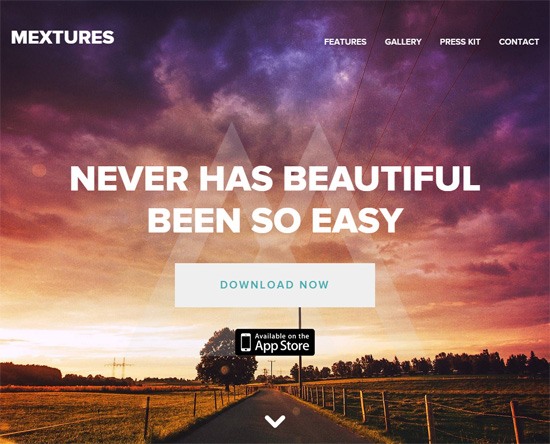CGKY News Hub
Your go-to source for the latest insights and trends.
Type Matters: Transforming Your Web Design with Typography
Discover how powerful typography can elevate your web design! Transform your site and captivate visitors with the right fonts.
The Power of Typography: How Fonts Influence User Experience
Typography plays a crucial role in shaping the user experience on any digital platform. Different sources indicate that selecting the right font can enhance readability and accessibility, ultimately keeping users engaged longer. For example, sans-serif fonts are generally more readable on screens, making them suitable for body text, while serif fonts can convey a sense of tradition and elegance when used in headings or branding. The combination of various font styles can also create a visual hierarchy, guiding the user through the content intuitively.
Moreover, the emotional impact of fonts cannot be underestimated. Research in user experience design shows that the choice of typography can influence perception, making the user feel either comfortable and familiar or strained and uncomfortable. For instance, rounded fonts often evoke feelings of friendliness, while sharp edges may communicate high-tech or aggressive branding. As such, it’s essential for designers and content creators to thoughtfully consider their typography choices to foster a positive user experience.

Choosing the Right Typeface: A Guide for Web Designers
When it comes to web design, choosing the right typeface is crucial for creating an engaging user experience. A well-selected typeface not only enhances the aesthetics of a website but also improves readability and overall usability. Here are some factors to consider when selecting a typeface for your web projects:
- Readability: Ensure the typeface is easy to read across different devices and screen sizes.
- Brand consistency: Choose fonts that align with your brand’s identity and values.
- Web-safe fonts: Utilize web-friendly typefaces to ensure compatibility across various browsers. For more on web-safe fonts, check this guide.
Another important aspect of choosing the right typeface is considering how it fits within the overall design hierarchy. Combining different typefaces can create visual interest, but it's essential to follow a few guidelines to maintain harmony. Stick to a limit of two or three fonts to avoid overwhelming the viewer. For more tips on font pairing, visit this article. Additionally, pay attention to line spacing and font size to ensure optimal legibility. Remember, the typeface you choose can greatly influence users' perception of your site, so take the time to make an informed decision.
Typography Trends: What’s Hot in Web Design for 2024
As we move into 2024, typography trends in web design are evolving to create more engaging and visually appealing experiences. One notable trend is the rise of variable fonts, which allow designers to manipulate font weight, width, and other attributes without needing multiple files. This flexibility not only enhances performance, but also helps unify design elements across a site. Additionally, the use of oversized typography is becoming increasingly popular, drawing attention to key messages and improving readability, especially on mobile devices. As brands strive for distinction, expect to see more experimental type combinations that fuse serif and sans-serif fonts, creating unique visual hierarchies.
Another essential aspect of 2024's typography trends is the focus on accessible design. With a growing emphasis on inclusivity, many designers are prioritizing legibility by choosing fonts that are clearer and easier to read. Dark mode design is also influencing typography, leading to the exploration of high-contrast color palettes that make text stand out against darker backgrounds. Innovation in custom typography is enhancing brand identity, pushing designers to create distinct fonts that resonate with their target audiences. As we embrace these trends, the future of web design typography looks more dynamic and personalized than ever.